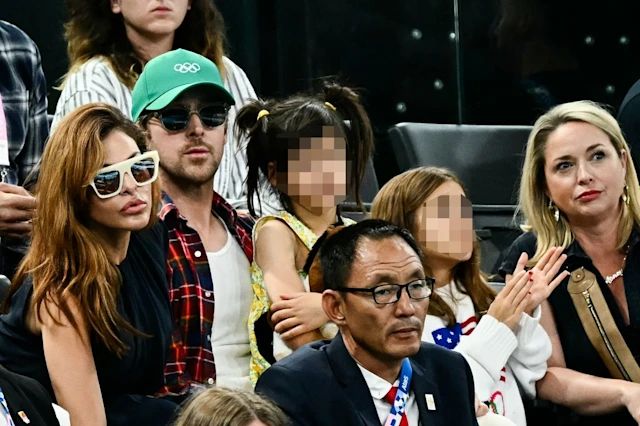
A powerful cultural shift is underway, one that’s transforming how beauty is defined not just in the United States, but around the globe. In recent years, women everywhere have begun reclaiming their image, pushing back against rigid, outdated beauty standards that have dominated for decades. This change isn’t happening quietly—it’s visible, vocal, and fueled by the unstoppable rise of social media, where authenticity often resonates louder than perfection.
Across platforms like Instagram, TikTok, and YouTube, women are embracing their natural beauty in all its forms—freckles, stretch marks, curly hair, full figures, and everything in between. They’re rejecting the narrow ideals that once dictated how they should look, dress, and feel about their bodies. In their place, a new standard is emerging—one rooted in self-acceptance, diversity, and the celebration of individuality. This transformation marks a turning point in our collective consciousness, signaling that beauty is no longer a one-size-fits-all concept.
What makes this movement especially powerful is that it’s not just anecdotal—it’s backed by real data. A groundbreaking study published in the International Journal of Fashion Design, Technology, and Education sheds light on a reality the fashion industry has long failed to acknowledge: the average American woman is no longer a size 14. She’s now more likely to wear a size 16 or 18.
The study analyzed data from more than 5,500 American women, revealing that the average waist size has increased from 34.9 inches to 37.5 inches over the past two decades. This is not simply a statistic—it’s a reflection of changing bodies, changing lives, and a changing culture. Lead researcher Susan Dunn emphasizes that understanding these numbers is key to shifting how women see themselves. “Knowing the true average,” she says, “can be empowering. It allows women to recognize that they are not the exception—they are the norm. And that realization can be deeply liberating.”
Dunn and co-author Deborah Christel argue that the fashion industry must evolve to reflect this new reality. For too long, brands have designed clothing based on outdated and unrealistic body measurements, forcing millions of women to squeeze into sizes that don’t reflect who they are. The consequences go beyond inconvenience—they impact self-esteem, confidence, and a sense of belonging.
“These women are not a niche—they are the majority,” says Dunn. “And they deserve to find clothes that fit them well, that make them feel seen and celebrated. Not garments that imply they need to shrink or change to be stylish or worthy.”
The call to action is clear and urgent: fashion brands must rethink their sizing standards and begin designing for the bodies that actually wear their clothes—not the aspirational ideals perpetuated by decades of exclusion. This means reimagining fit models, expanding size ranges, and investing in inclusive design from the ground up.
If the industry is serious about representing modern women, it must embrace this broader, more inclusive definition of beauty. Not as a marketing trend, but as a permanent shift in how we define style, identity, and worth.
The message is no longer optional—it’s essential: real women are here. It’s time the clothes were made for them.

